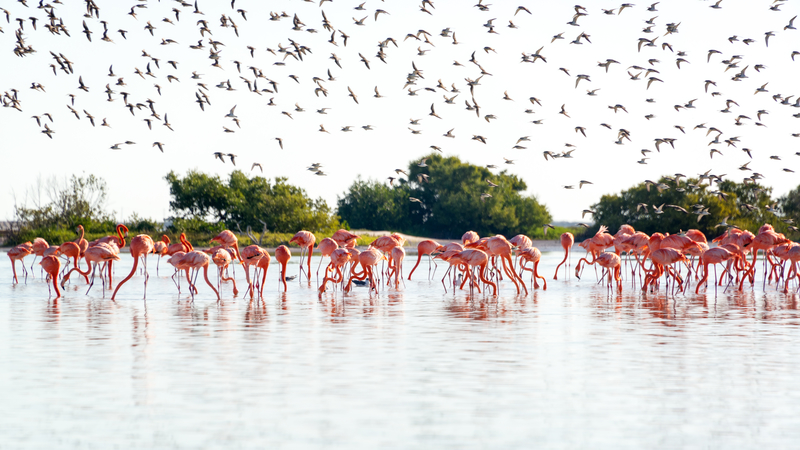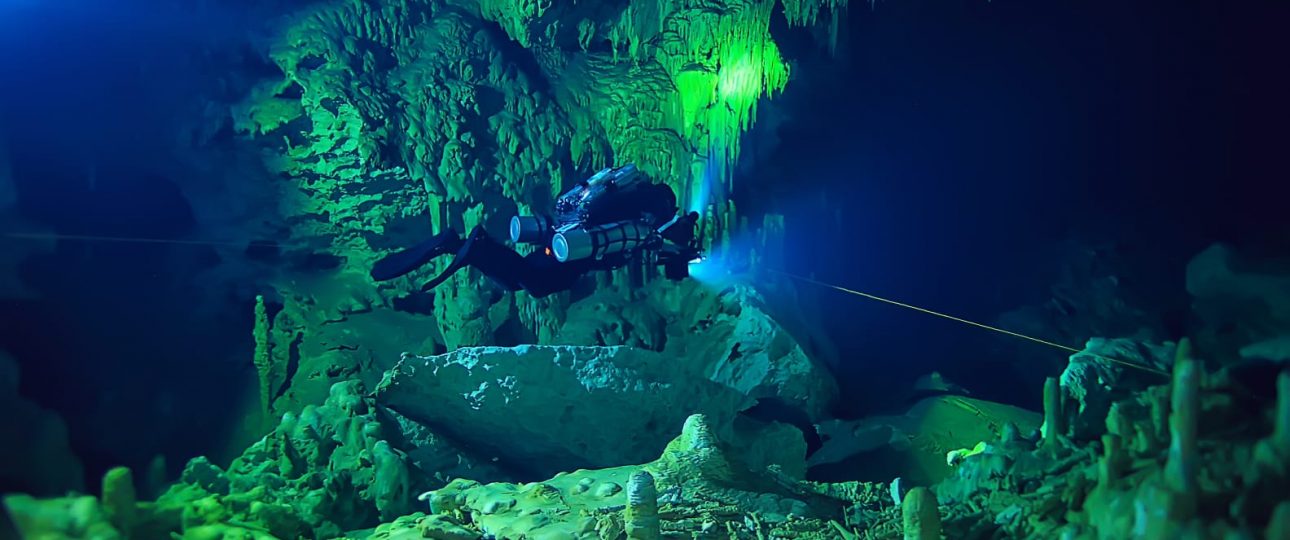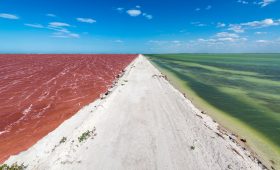WHAT IS A CENOTE?
In the Yucatan peninsula, there are no above-ground rivers and there are a very few superficial lagoons. All water systems are underground. You might wonder “why?”.
Yucatan is a shelf of limestone, limestone is porous, so rain water easily seeps through fissures and crevices in the rocks and creates underground rivers. The strength of the limestone collapses walls and roofs of underground caves, forming the cenotes or sink-hole lakes.
Cenotes are interconnected through a series of underground rivers.
Some Cenotes look like gigantic open water pools, but most of them are completely underground covered by spectacular stalactites and stalagmites ceilings.
One of the most impressive features of the Cenote is the clear water. There are over 6000 cenotes all over Yucatan. Cenote Ik-kil, Cenote Choo-ha and Cenote Tamcach-ha are out of this world and the ideal place for cooling off after visiting the magnificent Mayan sites.
*Caution. If you are not a good swimmer, you must rent a life vest. When you walk downstairs to the cenote and back up, please watch your step as it may be slippery because the stairway is wet most of the time. This is for your own safety.
** Protect your planet. Before going into the cenote to swim, you must take a shower, regardless of whether you have sun block lotion on your skin or not, or if you took a shower in the morning before departing from your hotel. These are measures to conserve and protect our ecosystem. We thank you in advance for your understanding and cooperation.



